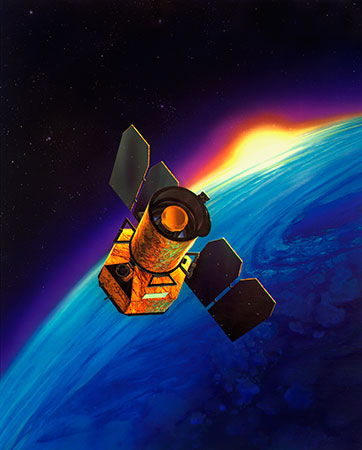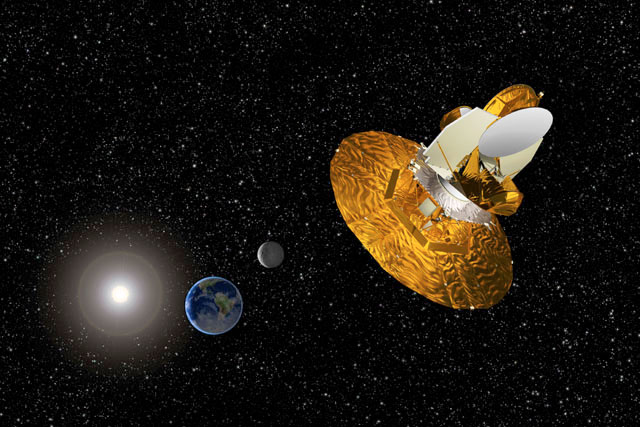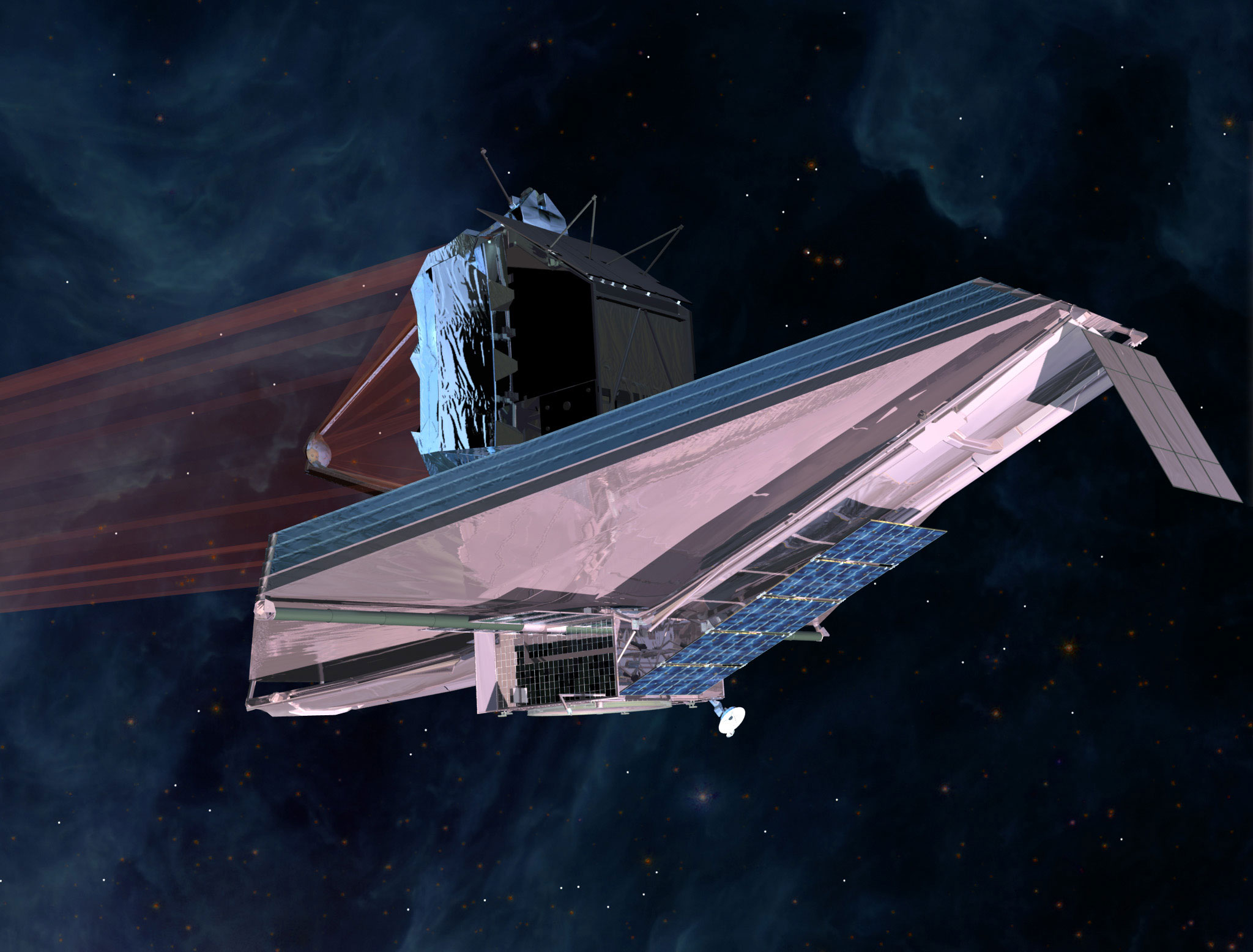| SPACE TODAY ONLINE COVERING SPACE FROM EARTH TO THE EDGE OF THE UNIVERSE | ||||||||||
| COVER | SOLAR SYSTEM | DEEP SPACE | SHUTTLES | STATIONS | ASTRONAUTS | SATELLITES | ROCKETS | HISTORY | GLOBAL LINKS | SEARCH |
Human eyes on the Universe:The Hubble Space Telescope is Not Alone
Each has given us a clear view of faraway objects across the cosmos unobstructed by Earth's murky, turbulent atmosphere.
These telescopes advance human science, but most are not as well known as the famous Hubble Space Telescope.
Each has its own assignment to see bands of light invisible to the human eye. Some of those forms of light never reach the surface of Earth. They are blocked by Earth's atmosphere.
There are entire families of objects and phenomena in deep space that can be seen only only through these special windows on the Universe.
Black holes are an example. They were discovered in X-ray "light." That non-visible form of light energy is radiation generated by the swirling gas surrounding and object just before it descended into the abyss inside a black hole.
Telescopes also have captured microwave radiation – the primary physical evidence for the Big Bang.
Some space telescopes:A future space telescope: Some past space telescopes:
- Spitzer Space Telescope
- Chandra X-ray Observatory
- Galaxy Evolution Explorer
- Wilkinson Microwave Anisotropy Probe
- Swift Gamma Ray Burst Mission
- International Gamma Ray Astrophysics Laboratory
- AGILE
- HETE-2
- INTEGRAL
- Rossi XTE
- Suzaku (Astro-E2)
- XMM-Newton
- ANS
- ARIEL V
- ASCA
- BBXRT
- BeppoSAX
- CGRO
- COPERNICUS
- COS-B
- DXS
- EINSTEIN
- EUVE
- EXOSAT
- GINGA
- GRANAT
- HAKUCHO
- HEAO-1
- HEAO-3
- OSO-7
- OSO-8
- ROSAT
- SAS-2
- SAS-3
- TENMA
- UHURU
- VELA 5B
Top of this page Deep Space Hubble Telescopes Telescope 400th Anniversary Search STO STO Cover Questions © 2008 Space Today Online







